A while ago the 2001 Menghai Factory Yiwu Zhengshan cake received a lot of attention for some reason (you can find links to other reviews through Tealogic’s entry). I tried it without knowing what it was, and didn’t really like it. I also commented that it tastes like something I already know. Now back in Beijing, it was the first thing that was on my mind — to compare it with what I think tastes quite similar, at least in my memory — the cheap but slightly problematic Keyixing brick that I bought a while back.
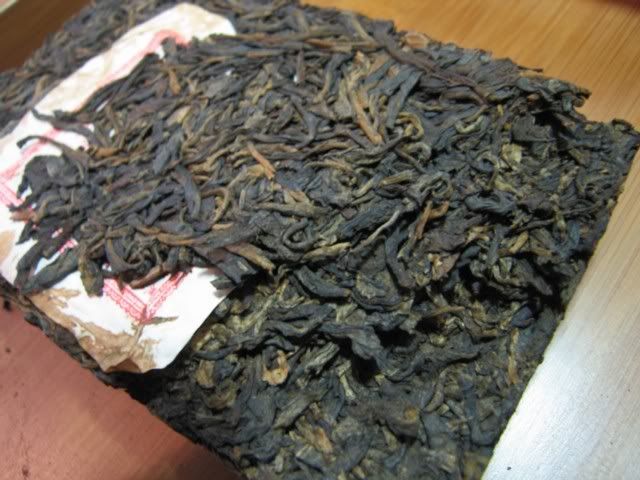
When I bought this brick very early on, right after I got to Beijing, I thought I found something good. Then, tasting it quite a while later, I decided it’s not so good. Something was off about it, although I couldn’t quite pinpoint what. It didn’t taste right. I now regard it as tuition. I never thought there will be another use for it — as a benchmark, of sorts.
I still have some of the sample A left for a side by side comparison — turns out it was 5.5g.
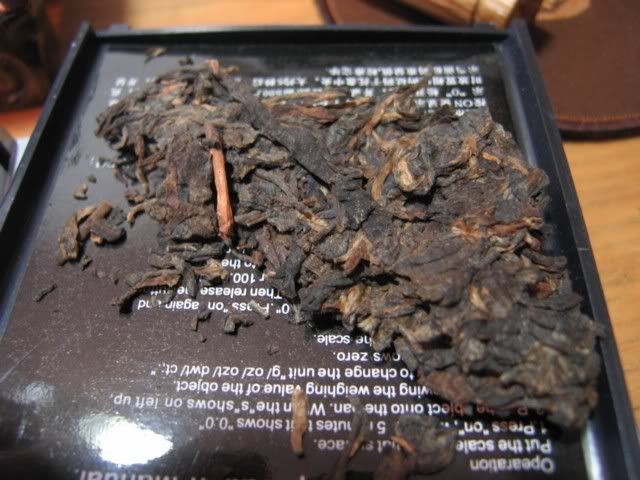
I used 5.5g from my brick too in a two gaiwan tasting.
Well, what happened?

The Keyixing brick is on the left, the Menghai on the right. You can see the colour of the liquor is very different — with the Keyixing considerably darker. So they must taste really different, right?
Wrong… despite the colour differences, the teas tasted remarkably similar. I was surprised when I first took off the lid to smell after I brewed the first infusion… while the Menghai was slightly fruitier in smell, the base of the smell and the overall profile were quite like each other. I drank the two teas…. wow… they are very much alike. The Menghai was indeed lighter, and has a bit of that fruity taste in the tea as well, but the difference really isn’t huge. The Keyixing is a bit deeper, shall we say, or heavier, with a more pronounced bitterness.
Second infusion… both have taken on a slightly sour taste. It’s more like a tartness, but it’s very obvious in both teas. When I tried the Menghai the first time, I thought it was a little sour, and this time, it was no different. What surprised me most was the way the Keyixing developed the sourness in the same infusion as well.
Then the third, the fourth…

The colour of the liquor remained different, with the Keyixing brick being darker throughout, but the tastes actually approached each other as infusions went on. The Keyixing continued its slightly more bitter note, while the Menghai is a little more airy, but one can definitely imagine how the Menghai might turn a little darker in a few years like that. Two things that came to mind when I drank them. One — when I closed my eyes, they felt more like a red tea… maybe a Ceylon, with that little tartness and astringency, but not too much, and that bitterness. It’s not a very refined red tea like Darjeeling or a smooth, sweet one like a Keemun. It was a regular, run of the mill red tea taste. Actually… a bad dianhong might taste like this.
The second thought was that if I served the 6th or 7th infusion of both to somebody who was blindfolded, and who doesn’t know that much about tea… they may very well think they are drinking the exact same tea, or at least, a different infusion of the same tea. The teas were extremely similar, and I really couldn’t find a huge difference between them. From the smell, to the taste profile, to the lack of a real huigan or throat feel (I need a better term than this!)… they were, well…. too similar.
I don’t think my Keyixing is Yiwu, and nobody has ever claimed that it is Yiwu. By extension, I also don’t think the Menghai is a Yiwu. The Menghai is slightly more tasty than the Keyixing, but that is only by a matter of some small margin, not some really obvious difference. In fact, if I were tasting it blind, I’m not entirely confident I can tell them apart.
You can see that the wet leaves show some difference.

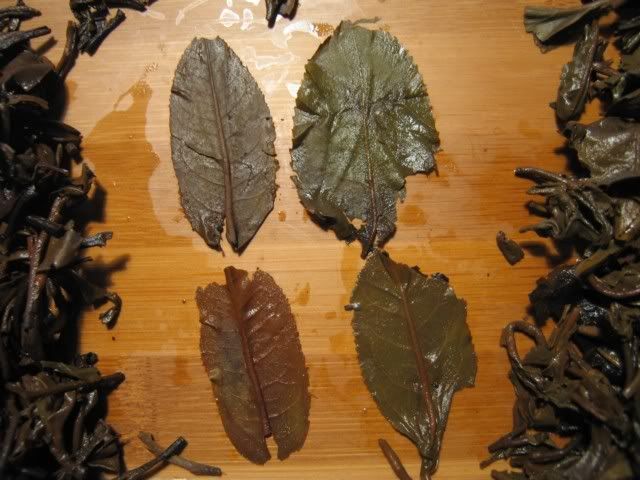
The Menghai cake is a bit harder pressed, but also, the leaves of the Menghai cake seem a bit rougher and stiffer. I tried opening some, and they felt rough and coarse, not the smooth and soft type that the Keyixing is. Some even felt like those “yellow leaves” type of leaf. I’m not sure why.
I hate to say I don’t think very highly of the Menghai cake… and definitely not for the price it was selling at recently. The Keyixing brick was about 1/10 of the price that was recently quoted for the Menghai…. and I won’t even buy THAT now.

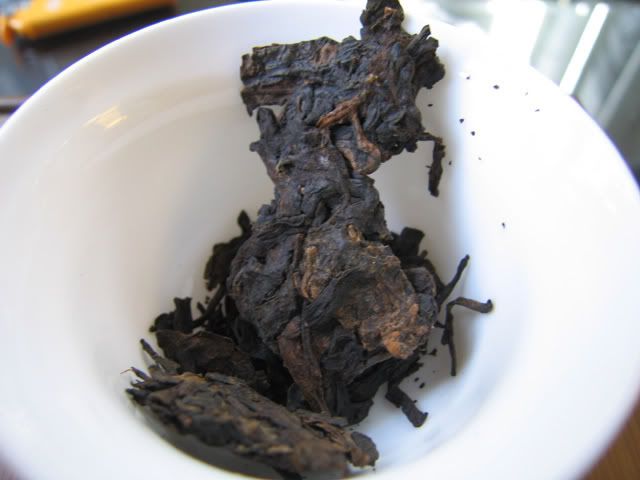
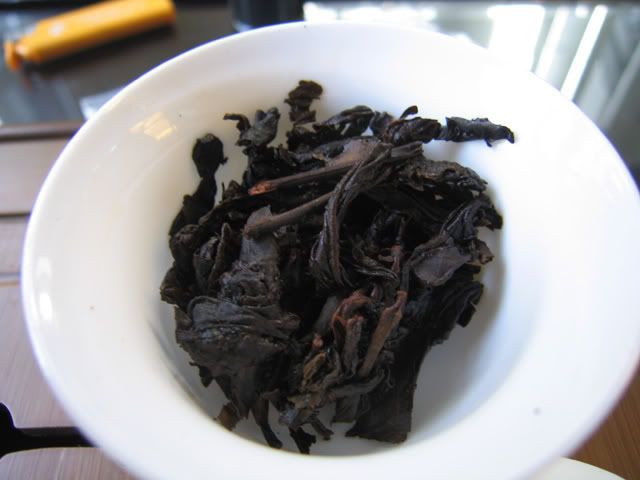
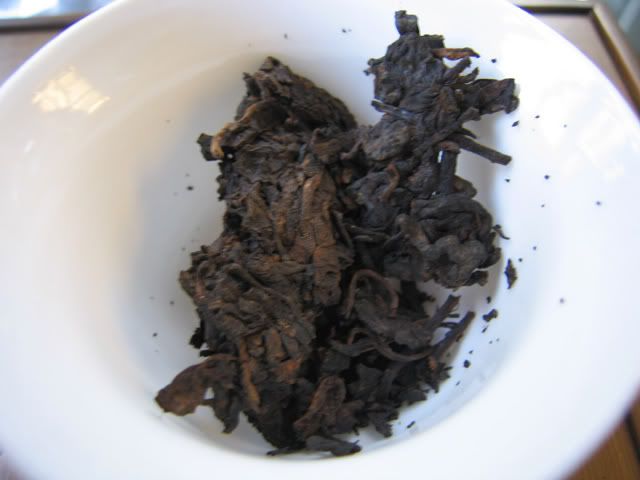
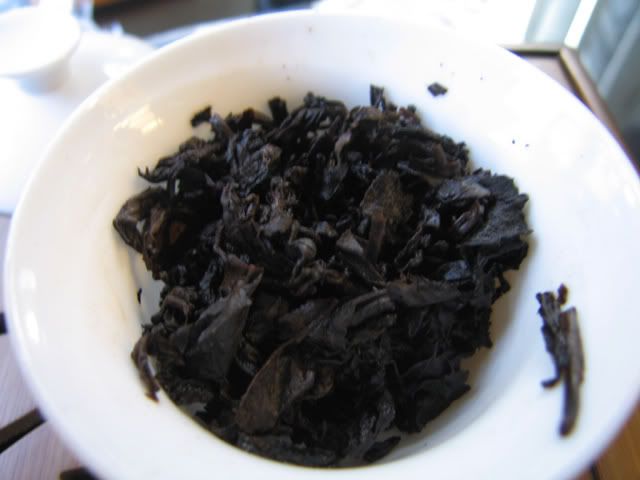
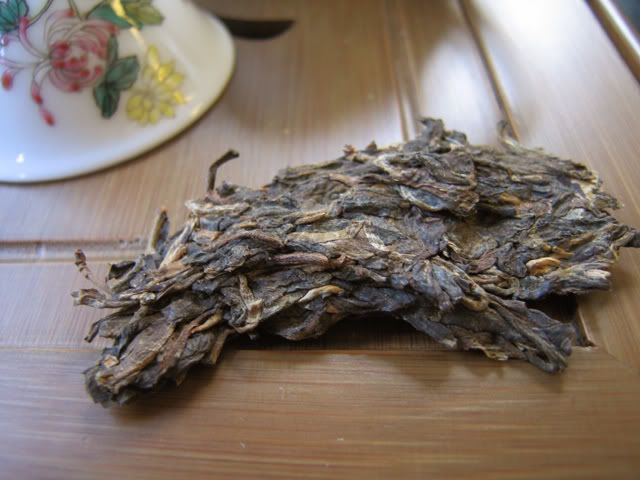
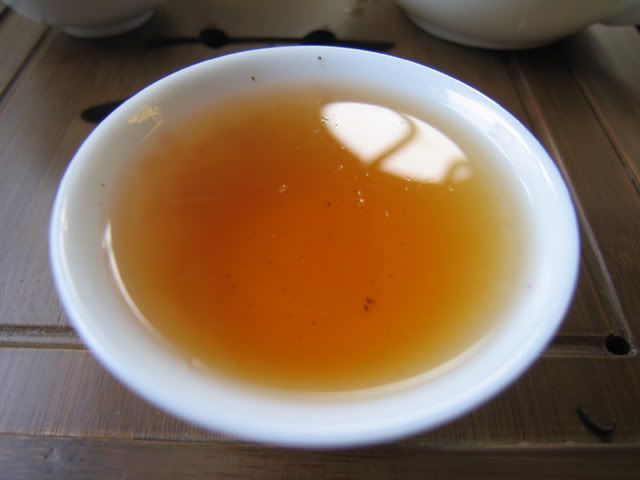
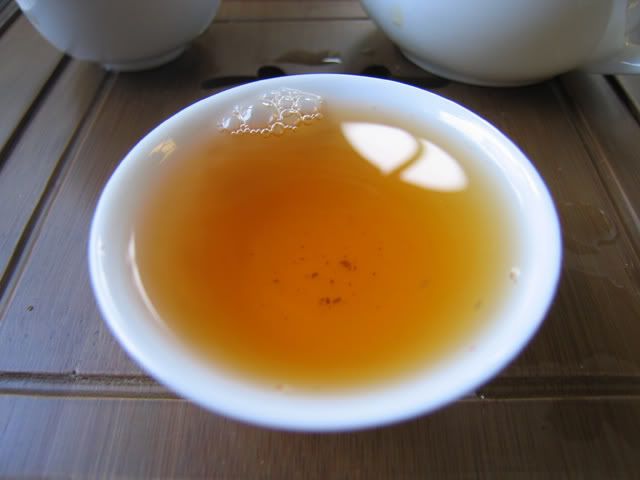
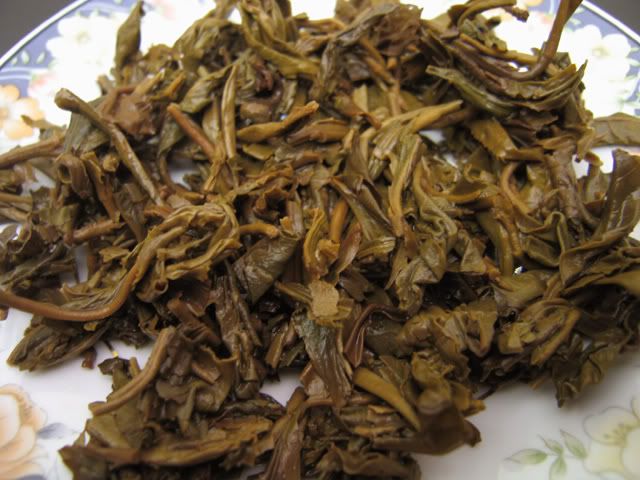
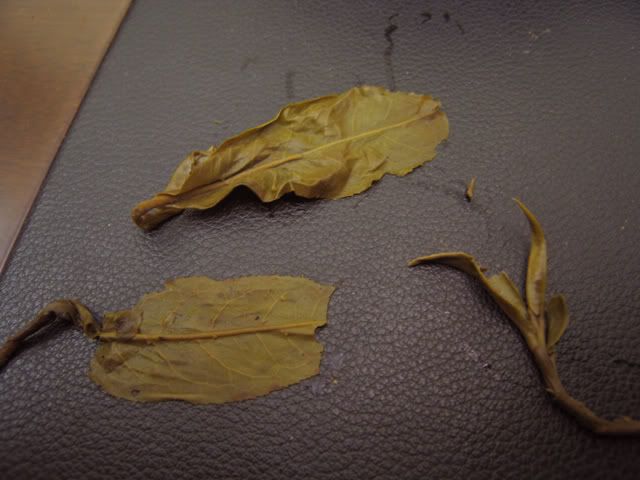
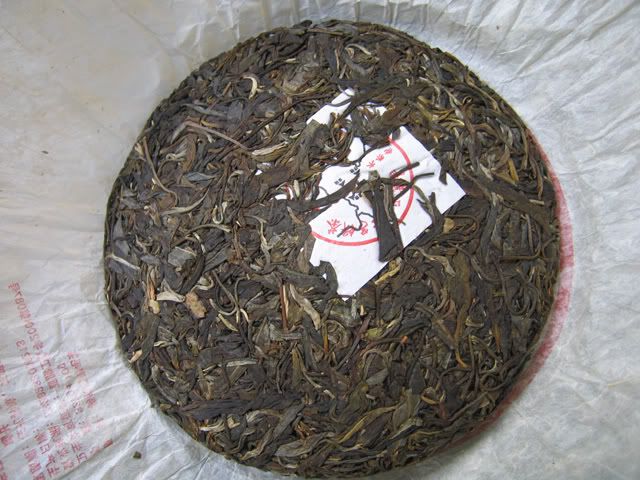
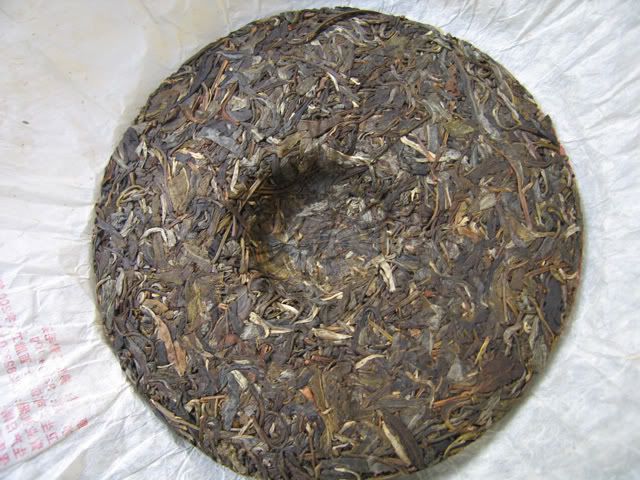
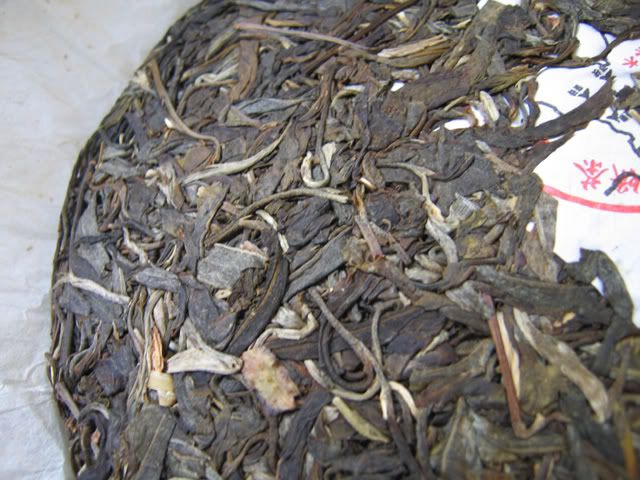
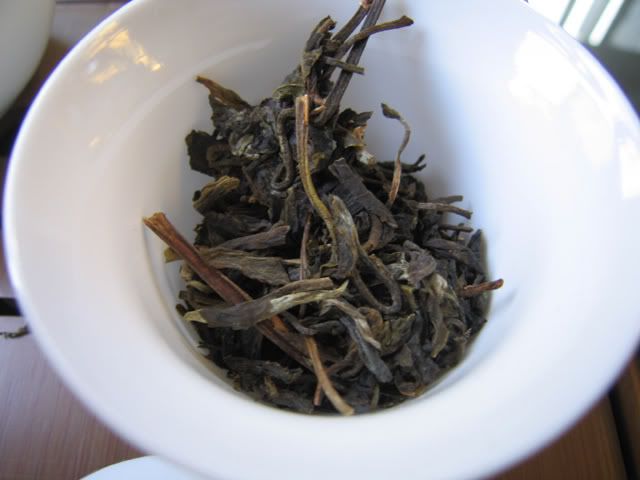
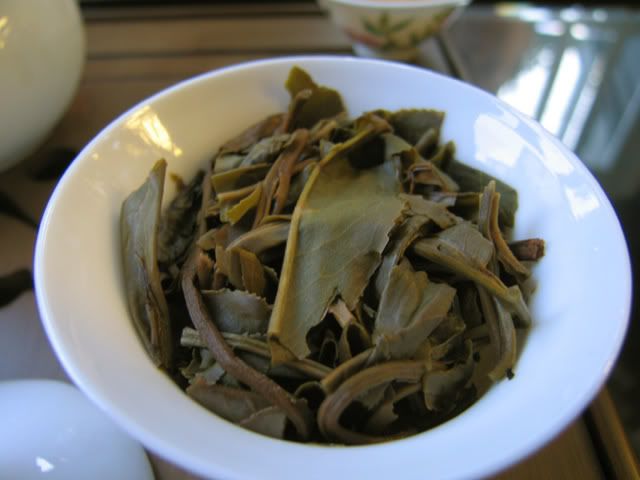
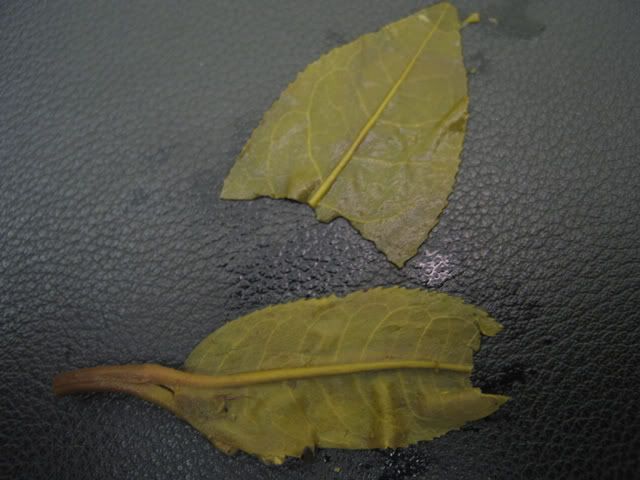
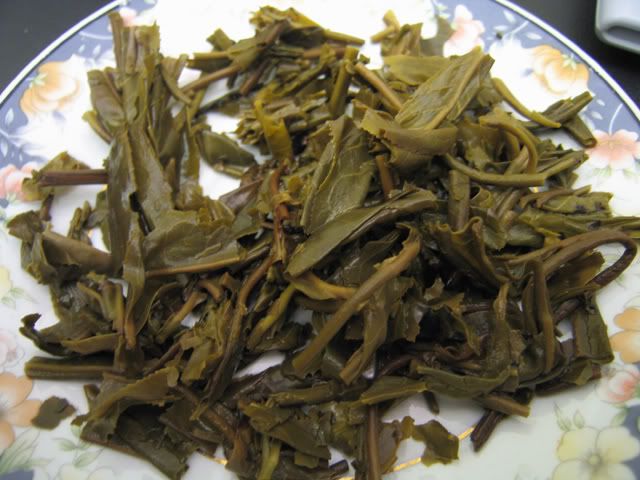
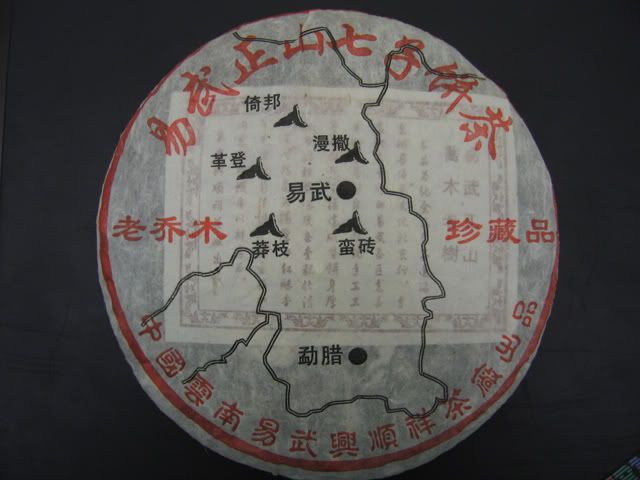
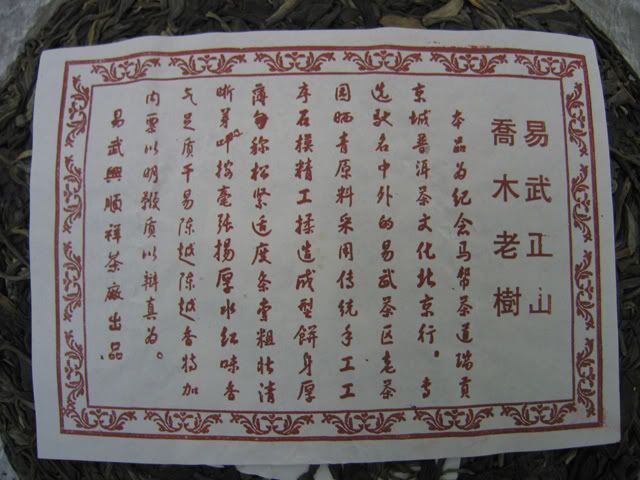
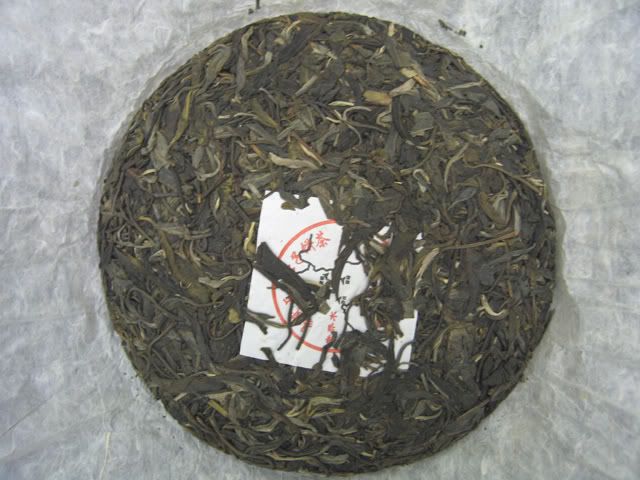
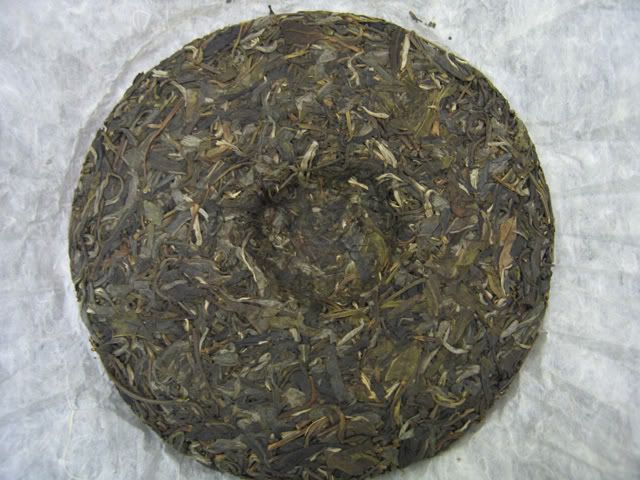
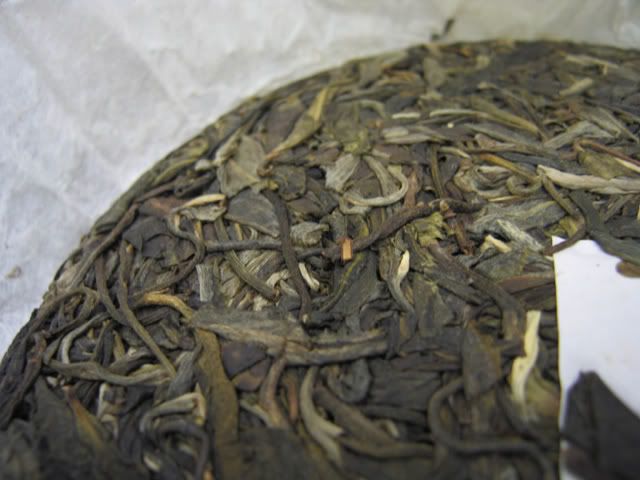
 RSS - Posts
RSS - Posts
Interesting.... would 250C in my oven work?